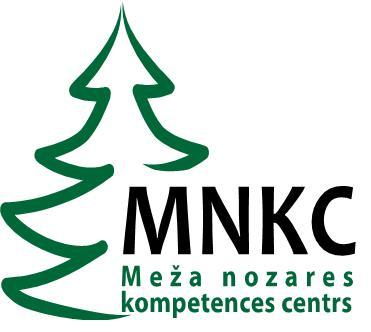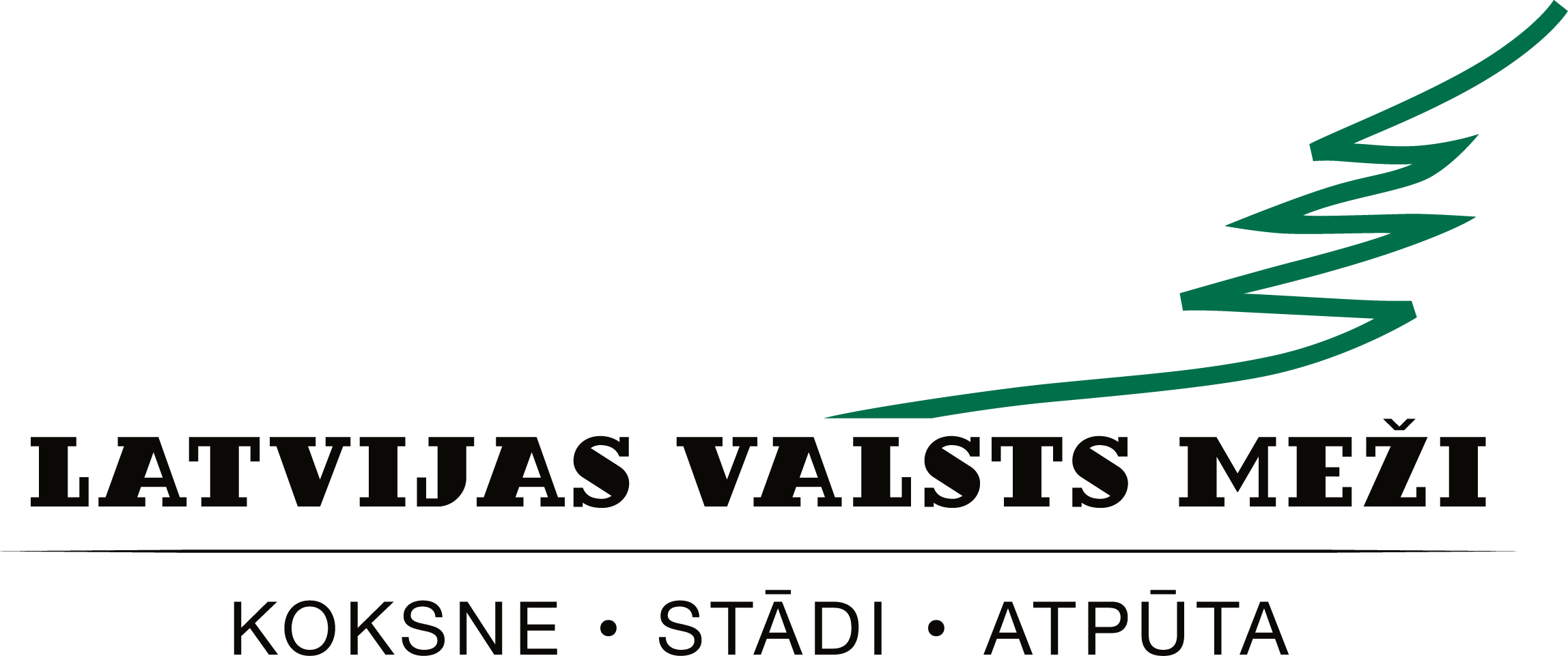LSFRI "Silava" is the partner in the research project P9 "Development of a biological preparation for the reduction of losses caused by root rot in conifer stands" of the research direction "Increasing the capital value of forests and forestry", led by Forest Sector Competence Centre of Latvia (CFCA agreement No. 1.2.1.1/18/A/004)




Heterobasidion root rot, caused by several species of Heterobasidion, is the most important disease of boreal forests in Northern Hemisphere, causing losses which are estimated to be at least 500 million euros per year (Korhonen & Holdenrieder 2005). Heterobasidion spp. infect freshly cut surfaces of pine and spruce stumps by air-borne spores (Redfern & Stenlid 1998, Stenlid & Redfern 1998). In Latvia, forest covers 6.46million ha, of which 19% are spruce forests (540,475 ha) (SFS report 2018). Approximately 22% of mature trees in Latvian spruce stands are infected with root rot (Arhipova et al. 2011), and the reduction of timber value at final cutting is 800–4,790 EUR per hectare, depending on the age of the stand and timber yield (Gaitnieks et al. 2008).
To reduce infection by Heterobasidion spores, biological control agents containing spores of Phlebiopsis gigantea can be used for stump treatment. Rotstop® has been used in Latvia since 2007 (Kenigsvalde et al. 2016). Efficacy monitoring in Latvia showed that the efficacy of Rotstop® in different experiments varied from 36 to 100% in spruce stumps (mean 64%) and 54 to 100% in pine stumps (mean ca. 82%) (Kenigsvalde et al. 2016). Low efficacy of Rotstop® has been also observed in Swedish studies (Berglund & Rönnberg 2004; Berglund et al. 2005; Rönnberg et al. 2006).
In experiments in Sweden it has been shown, that some native isolates of P. gigantea can be more effective against Heterobasidion infection than the Rotstop® isolate (Pettersson et al. 2003, Berglund 2005). Occasionally, change of the P. gigantea isolates in stump treatment is desirable (Pratt et al. 2000) as large scale dispersal of a single P. gigantea genotype may have long-term effects on the biological diversity of indigenous P. gigantea populations (Vasiliauskas et al. 2004).
The aim of the project is to develop biological control agents for stump treatment, which include more than one P. gigantea isolate.
The obtained results will decrease the risk of Heterobasidion spp. Basidiospore infection as well will diminish effect of wide use of one Rotstop® genotype on other fungal populations that colonize stumps in the long-term and will ensure development of sustainable forest management.